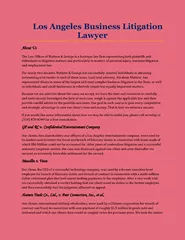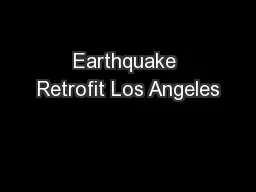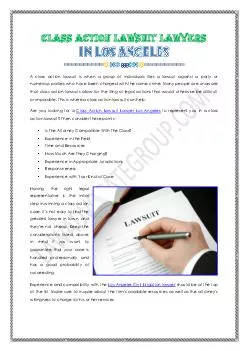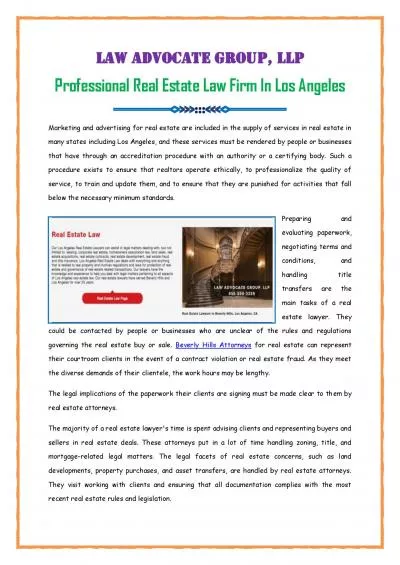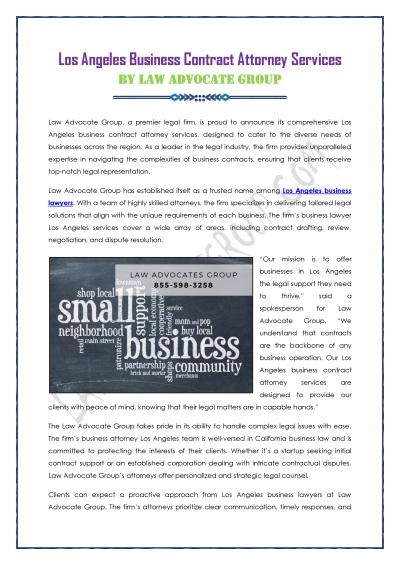PPT-Kwame, Milton, Ana Los Angeles
Author : conterc | Published Date : 2020-06-30
Global Warming Droughts and Floodings Global warming is the is the increase of Earths average surface temperature due to the effect of greenhouse gases For the
Presentation Embed Code
Download Presentation
Download Presentation The PPT/PDF document "Kwame, Milton, Ana Los Angeles" is the property of its rightful owner. Permission is granted to download and print the materials on this website for personal, non-commercial use only, and to display it on your personal computer provided you do not modify the materials and that you retain all copyright notices contained in the materials. By downloading content from our website, you accept the terms of this agreement.
Kwame, Milton, Ana Los Angeles: Transcript
Download Rules Of Document
"Kwame, Milton, Ana Los Angeles"The content belongs to its owner. You may download and print it for personal use, without modification, and keep all copyright notices. By downloading, you agree to these terms.
Related Documents


